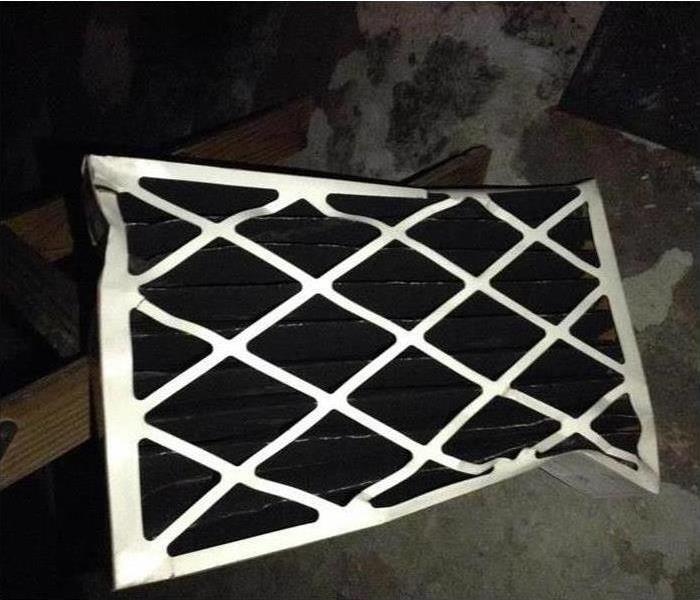The Importance of HVAC When Dealing With Fire, Smoke, and Soot
10/8/2021 (Permalink)
Ventilation systems are often the biggest culprit in poor indoor air quality, however, the biggest culprit of fires is your furnace. In fact, according to FEMA, heating appliances were the second highest cause of residential building fires in 2014- specifically furnace flame rollout.
Flame rollout happens when flames escape and “roll” outside of the closed combustion area.
If those open flames come into contact with insulation or nearby flammable objects, you will be dealing with a dangerous house fire.
Flame rollout happens when there isn’t enough oxygen to “feed” your furnace. Your furnace needs a mixture of oxygen and fuel to create heat, but if there’s not enough ventilation to provide oxygen, the furnace flames will “roll out” in search of oxygen elsewhere.
Tips on how to keep your furnace safe from flame rollout include:
- Regularly check and change your air filter- A clogged air filter can cause a buildup of soot inside the flue (the tunnel where combustion gases exit outdoors). And when soot buildup blocks the flue, this also restricts your furnace’s oxygen supply.
- Check for obstructions in your furnace flue- Your furnace flue connects to the outside, so obstructions like a bird’s nest, leaves, or other debris are very likely and can prevent your furnace from getting oxygen.
- Install a rollout switch- These devices detect and shut off power to the furnace when the burner area exceeds normal and safe temperatures. This prevents rollout from happening in the first place.
- Schedule annual furnace maintenance- Annual maintenance allows our techs to spot any issues early on that could lead to flame rollout. We’ll make sure everything is working properly to avoid the abnormal situations that lead to flame rollout.
SERVPRO of Rochester will make recommendations about the best way to address any indoor air quality concerns. This can save you money and provide peace of mind on the health of your system.






 24/7 Emergency Service
24/7 Emergency Service
